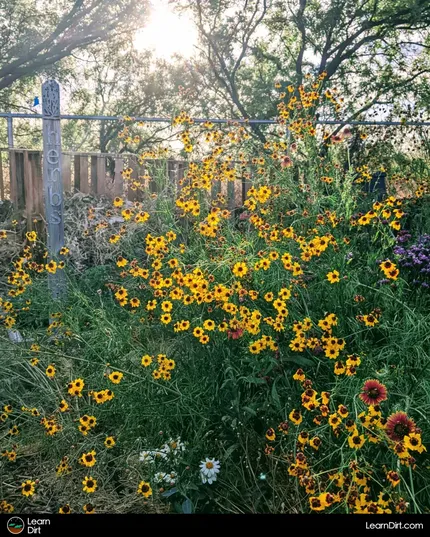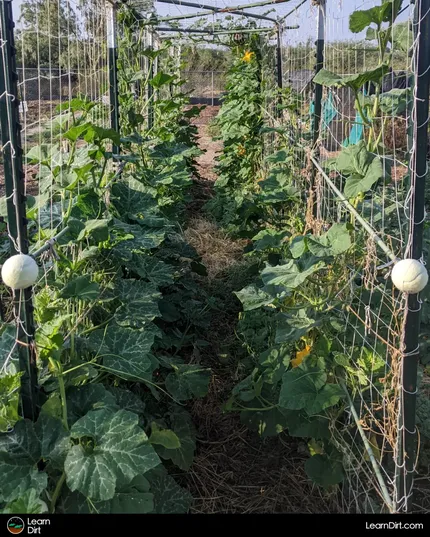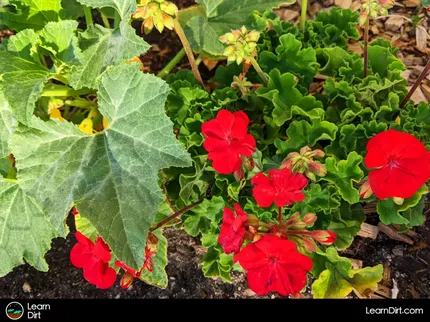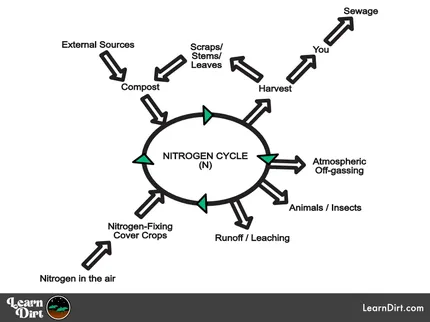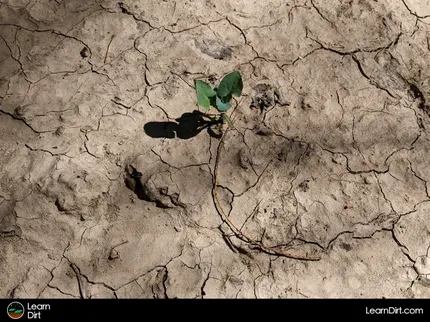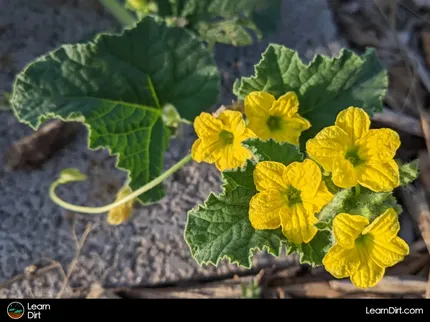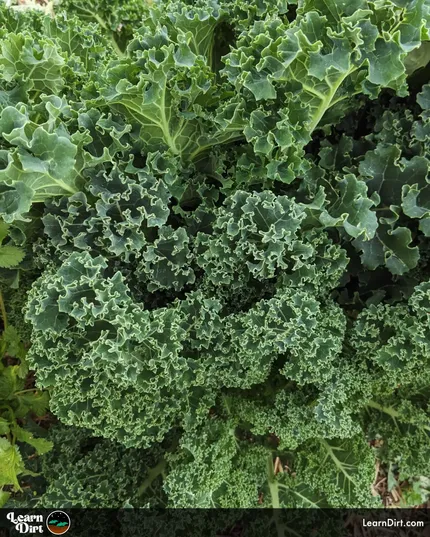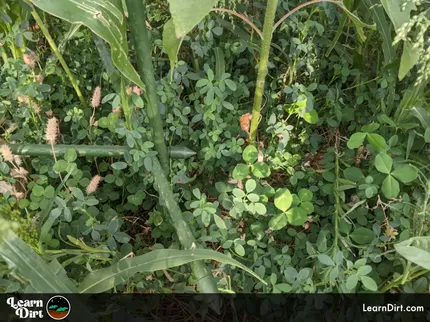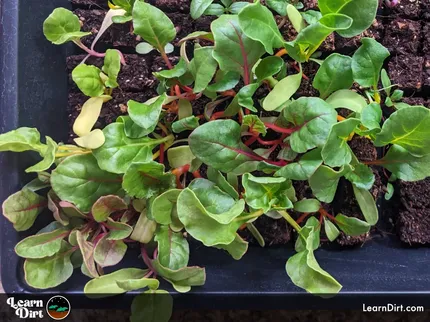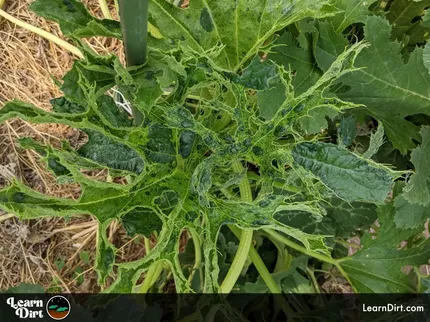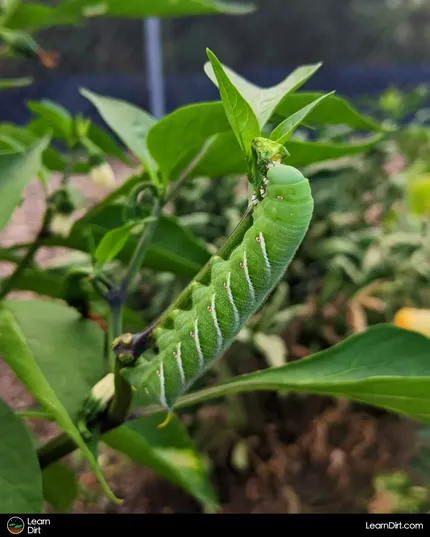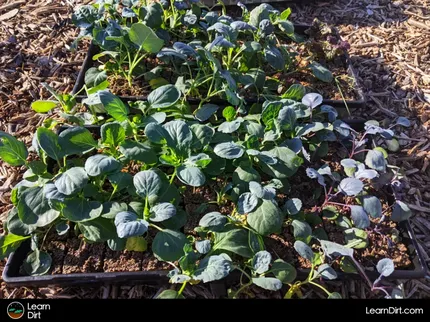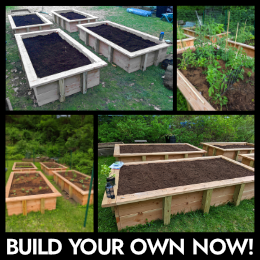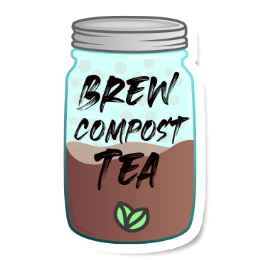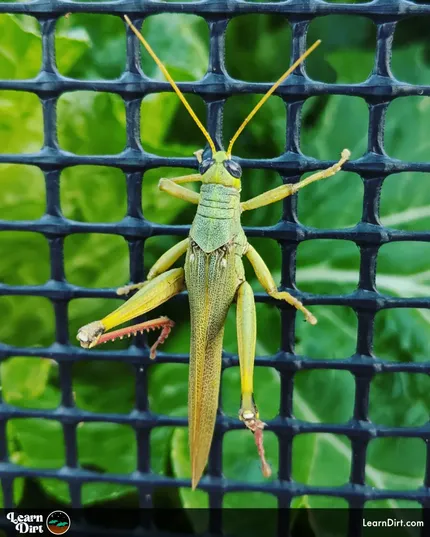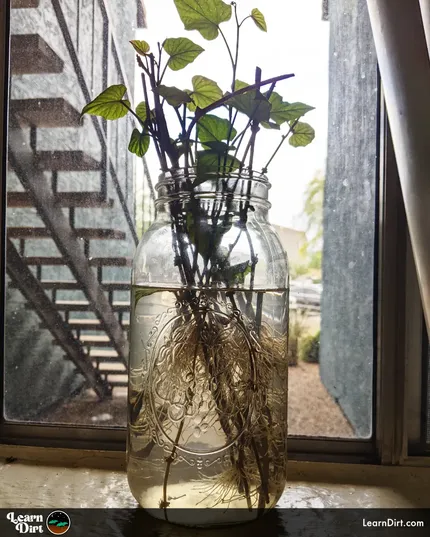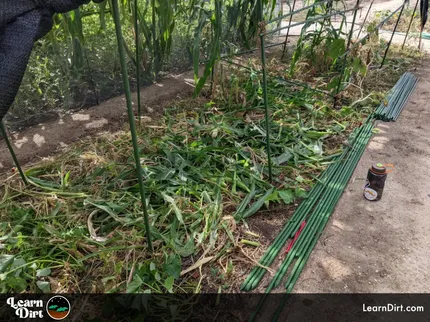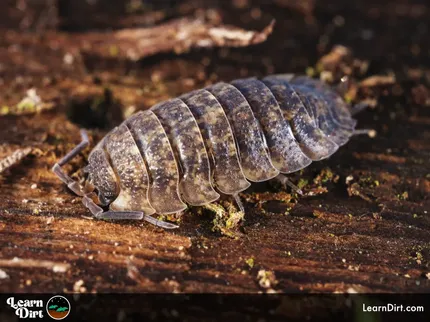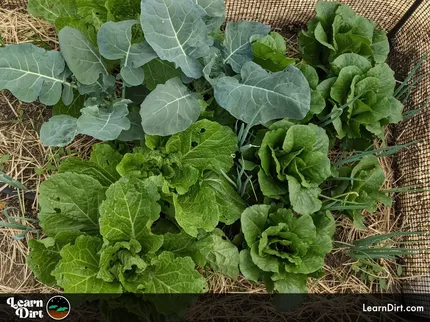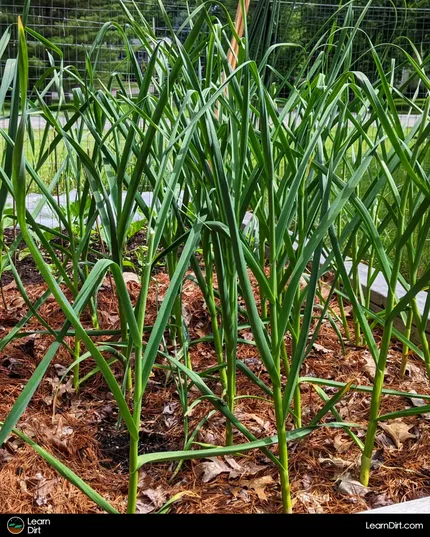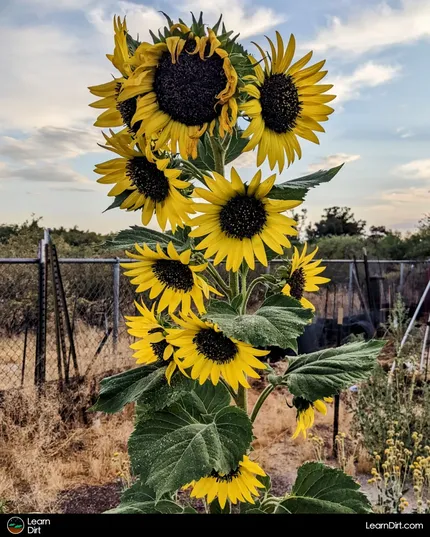Table of Contents
- Benefits of Intensive Planting
- Intensive Gardening Principles
- Intensive Gardening Examples
- Common Intensive Planting Mistakes
- Final Thoughts...
* Our articles never contain AI-generated slop *
Intensive planting is all about maximizing your use of space and time both to produce the highest quantity of healthy plants possible from a given space.
Sort of like squeezing every last bit of juice, if your aim is to grow more in the same amount of space - you're already pursuing intensive growing.
Intensive methodologies tie in closely to regenerative gardening, which focuses on building the healthy rich soil that will support intensive planting.
Disclaimer: This post may contain affiliate links. Refer to the privacy policy for more information.
If you're into building soil, intensive methods will also help you build it faster.
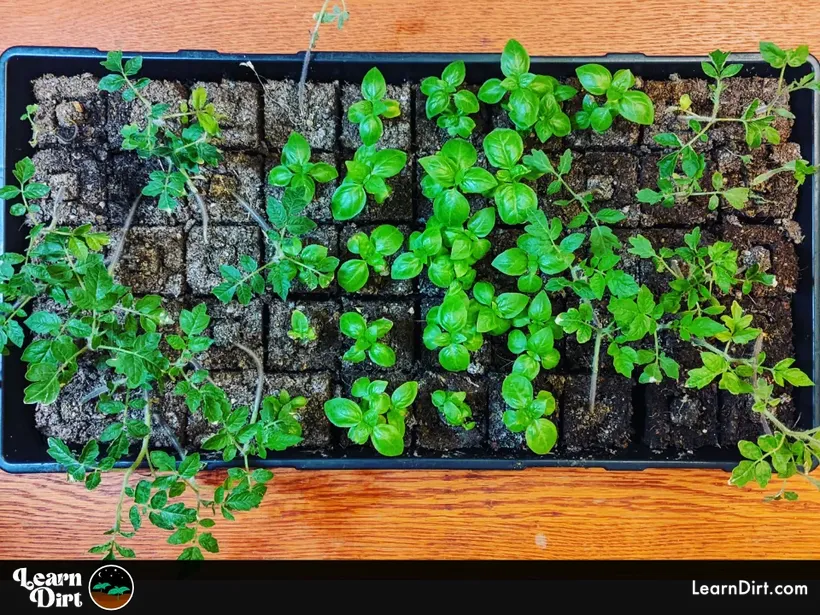
If you've got limited planting space, one way to get more out of it is by starting the next season's crops indoors or in your greenhouse. By raising seedlings up for 4, 6 or even 8 weeks indoors you can effectively cut your field time in half for each plant cycle. That means double the yields in the same amount of space.
Let's talk about some other benefits of intensive growing, and then we'll jump into the principles and techniques that will help you increase yields, reduce pests, and build better soil faster all at the same time.
Benefits of Intensive Planting
Maximize Small Space With Intensive Planting
Intensive Gardening Principles
Home gardens are the perfect candidates for the intensive planting methodology, because of limited space and a lack of specialized commercial mechanization.
If you're a home gardener who wants to maximize the use of your space and grow as much variety as possible in high density, intensive gardening is for you.
Optimize Your Space Usage
When your gardening space is limited, you'll have to get creative in order to optimize how you use it. Here are a few ideas you might kick around:
Vertical Gardening
In the same way that cities build up when space is at a premium, gardeners can grow up to optimize their space usage. The majority of your garden's volume of space exists in the air above the land, not on the soil surface.
Grow tomatoes, peas, cucumbers, melons, winter squash and gourds vertically to reduce their garden space footprint. Trellises, tunnels, strings, and climbers are all great options for vertical gardening.
Grapes, kiwi, and passion fruit all take to vertical trellising particularly well
Stake up zucchini and summer squash with a pole, and then as you harvest the fruit and remove the lower leaves you'll open up space to plant smaller crops underneath.
Likewise, many larger plants like broccoli and kale can be stripped of lower leaves once mature enough, to allow for other crops to be planted below.
Espalier Trees and Shrubs
To Espalier (es-pall-yay) is to train a tree, shrub, or other woody plant to grow in a flat (almost 2-dimensional) form. This can be a decorative technique, a space-saving technique, or both. For intensive gardening we're interested in the espalier's ability to utilize space more effectively.
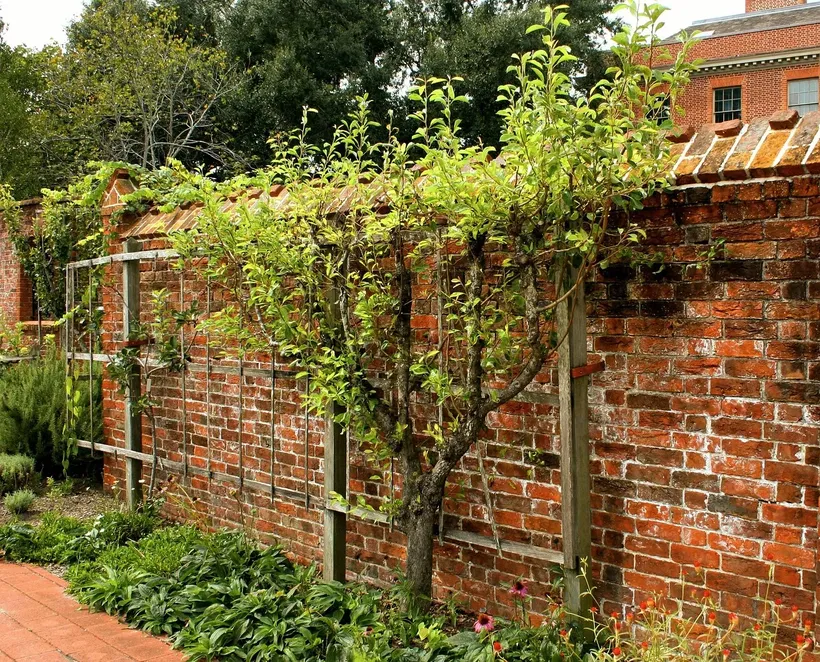
A wooden trellis and some pruning / training can help shape trees
to fit in your space.
Not only does this help save space and fit more plants into smaller areas, there's also the added bonus of easier access to your fruit for picking.
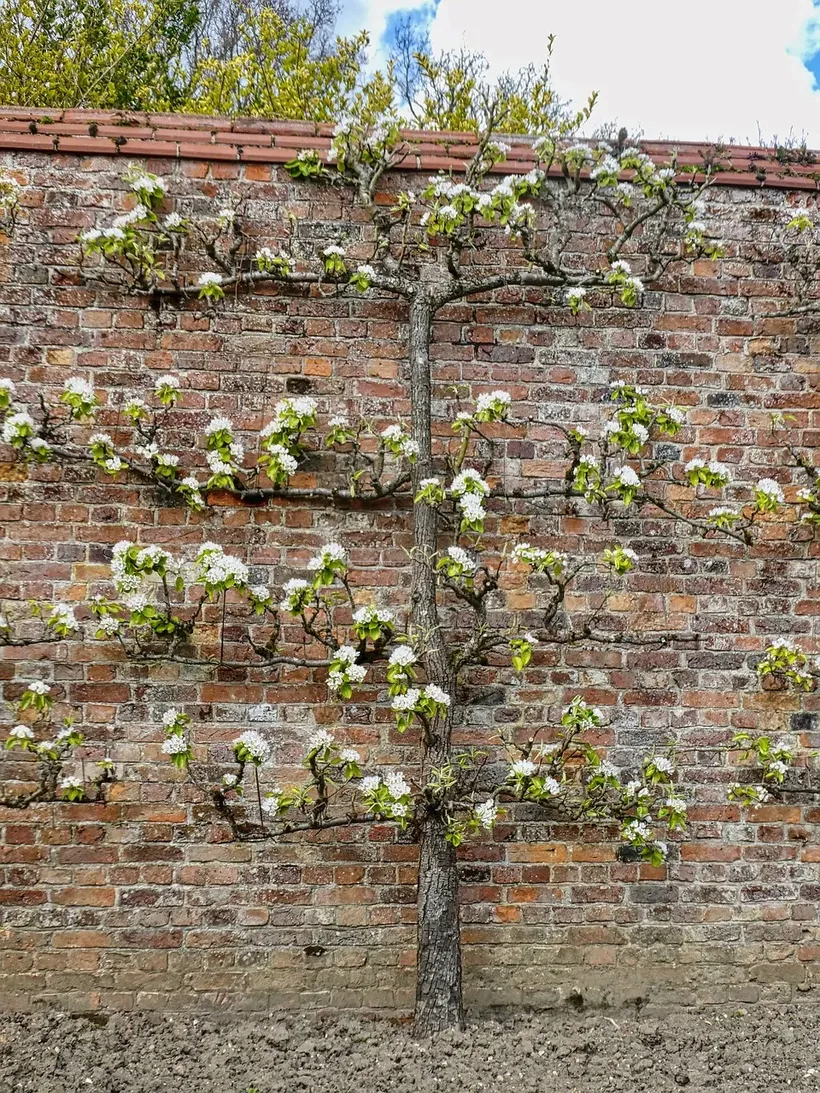
Container Gardening
Once you've exhausted the space in your garden, you may still be able to expand with container gardening. Driveways, porches, balconies, and xeriscapes are all great use cases for some containers or grow bags.
Container plants may also benefit from the ability to be moved around a space to adjust for sunlight needs, or to take indoors to protect from adverse conditions.
Utilize Dwarf Varieties
Many plants come in "dwarf" or "baby" varieties which take up less space than their larger typical counterparts. As an added bonus, these smaller cultivars often yield faster, which makes them a great option for intensive planting.
Join The Grower's Community
Whether you cultivate vegetables, house plants, succulents,
mushrooms, flowers, cannabis, or more...
you're welcome here 🌱
Check It Out!
Varieties such as baby bok choy, and dwarf blue curled kale are great space-saving options to consider.
Efficient Pathways
Always Have Roots in the Soil
One of the key principles of intensive gardening is to always have roots in the soil.
This means striving to never leave the soil unplanted, and certainly not unprotected (mulch & cover crop). Fallow beds and plots don't maximize your space usage, and are furthermore unnecessary for regenerative growing.
This builds on the understanding that the entire soil food web is based upon the carbon-based exudates from plant roots. Without the CO₂ that plants convert into amino acids, organic compounds, & simple sugars which they exude from their roots, the entire soil microbiome collapses.
Understanding this symbiosis in which plants feed soil as much as soil feeds plants, the practice of leaving fields fallow no longer makes sense. Regenerative growers keep roots in the soil at all times to keep the soil fed.
This pairs perfectly with an intensive approach, as it means more production. As soon as one crop is finished, it's chopped down and the next cycle is immediately transplanted into its place.
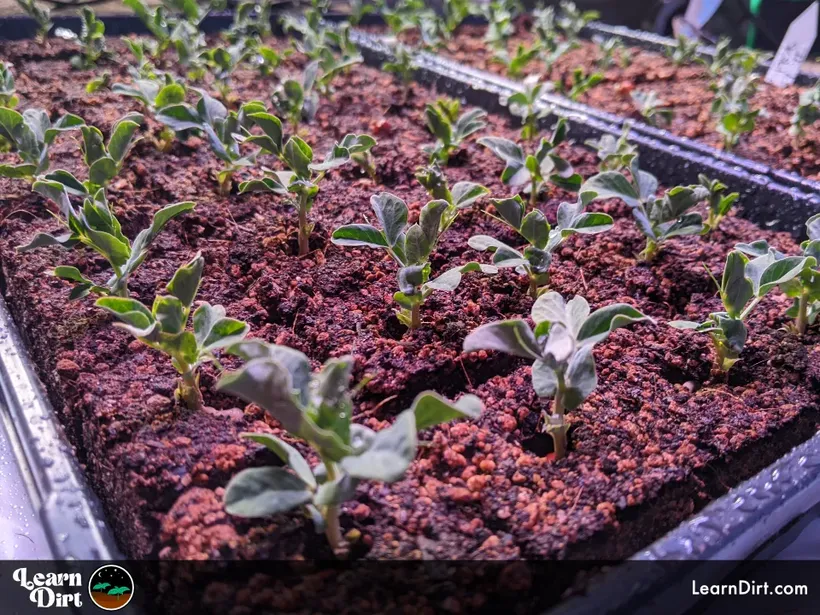
Choose the Right Crops
High-Density Gardening
Dense usage of garden space is a great way to increase the intensity of your growing in a limited area.
Remember that density is partially determined by soil quality, which is a determining factor in land's ability to support more plants.
Seed packets and guidelines often suggest more spacing than may be necessary, as they assume your soil fertility to be average. If your soil is incredible, though, you can generally disregard most spacing rules.
Density is also partially determined by water, and may be limited by water resources in drier climates.
Dig Cool Merch?
Notably, density should not exceed the level where powdery mildew (in wetter climates) and pests begin to cause additional problems. If it rains a lot where you live, and many of your plant leaves overlap, they likely won't fully dry and will readily harbor PM.
Permaculture Food Forest Design
If you've studied permaculture, you may be aware of the concept of food forests.
Food forests are an adjacent concept to high-density planting, and involve utilization of a multi-layered technique to grow a diversity of food that maximizes space usage.
The layers of a food forest are usually categorized as:
- Canopy layer
- Understory layer
- Shrub layer
- Herbaceous layer
- Ground cover layer
- Vertical layer
- Root layer
Food forest design thinks of space in 3 dimensions, and utilizes these layers as a concept for maximizing space.
Layers also create numerous microclimates, which allow a greater diversity of plants to be grown by creating shade, moisture, and nutrient gradients across your space.
You can let your imagination run a little here and start to see how food forest design can give you a lens through which you can optimize your space usage to grow more intensively.
Succession Planting
As a way to extend the harvests of each crop, succession planting relies on multiple sowings of each crop, often staggered a few weeks apart.
If your seasons are long enough to allow for this, you can reap harvests of some crops for extended periods of time and increase your total yields.
Succession planting also allows for smoother transitions between seasons, using increased sowings of smaller quantities rather than one big flip each season. This smoothes out your yields and makes them more steady and predictable. It means a more-constant flow of produce as compared to 1 big crop each season.
One side effect of succession planting is that it can help reduce food waste. By giving you smaller harvests that are more steady throughout the year, you'll have a better time actually cooking and eating the food you grow. Win-win!
Successive sowings can also help you to constantly maintain mature roots in your soil, a tennet of regenerative gardening. This is important to stabilize and feed soils, while housing part of the microbiome. Roots also provide channels for water to infiltrate through and flow down.
Rotate Plants Out Frequently
Brandywine tomatoes take roughly 90 days from seed to harvest.
If you can raise your tomatoes up for 60 days indoors under grow lights or in your greenhouse, those tomatoes will bear fruit 30 days after transplant out into the field.
You've successfully cut your field days before harvest from 90 down to 30.
Since plant growth is exponential and not linear, the plants which will fill an entire garden on day 90 may only take up a few shelves under grow lights at day 30. The more room you've got on your seedling racks, under grow lights or in the greenhouse, the more capacity you'll have to raise more plants up longer before moving them to the field.
As you increase your capacity for seed-starting, you decrease the number of days each plant will spend out in the field and increase the number of field cycles you can fit in a year. That means more plants and higher yields!
An underlooked advantage of quick plant cycles is that by rotating plants out faster, pests have less time to catch up with them.
Quicker plant cycles also mean you can move a wider variety of species through each space in a given amount of time. That means less chance of depleting all of one type of nutrient, and more chance of improving your soil.
Intensive Gardening Examples
Now that we know all about the theory behind intensive planting, and the principles you can rely on if you're considering an intensive planting methodology in your own garden, let's look at some examples of what intensive actually looks like in practice.
Common Intensive Planting Mistakes
Final Thoughts...
That's all for now, thanks for reading!
If you have any questions, comments, or would like to connect with fellow gardeners, head on over to the forum and post there.









![Black Dirt Live Again [Green]](/media/product_images/black-dirt-live-again-[green]_shirt_260x260.png)
![Black Dirt Live Again [Blue]](/media/product_images/black-dirt-live-again-[blue]_shirt_260x260.png)
